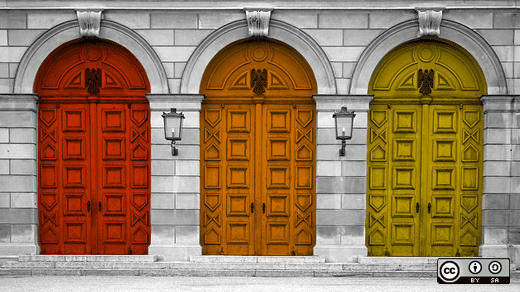
Containers provide an easy way to package applications and deliver them seamlessly from development to test to production. This helps ensure consistency across a variety of environments, including physical servers, virtual machines (VMs), or private or public clouds. These benefits are leading organizations to rapidly adopt containers in order to easily develop and manage the applications that add business value.
Enterprises require strong security, and anyone running essential services in containers will ask, “Are containers secure?” and “Can we trust containers with our applications?”
Securing containers is a lot like securing any running process. You need to think about security throughout the layers of the solution stack before you deploy and run your container. You also need to think about security throughout the application and container lifecycle.
Try these 10 key elements to secure different layers of the container solution stack and different stages of the container lifecycle.
1. The container host operating system and multi-tenancy
Containers make it easier for developers to build and promote an application and its dependencies as a unit and to get the most use of servers by enabling multi-tenant application deployments on a shared host. It’s easy to deploy multiple applications on a single host, spinning up and shutting down individual containers as needed. To take full advantage of this packaging and deployment technology, the operations team needs the right environment for running containers. Operations needs an operating system that can secure containers at the boundaries, securing the host kernel from container escapes and securing containers from each other.
Containers are Linux processes with isolation and resource confinement that enable you to run sandboxed applications on a shared host kernel. Your approach to securing containers should be the same as your approach to securing any running process on Linux. Dropping privileges is important and still the best practice. Even better is to create containers with the least privilege possible. Containers should run as user, not root. Next, make use of the multiple levels of security available in Linux. Linux namespaces, Security-Enhanced Linux (SELinux), cgroups, capabilities, and secure computing mode (seccomp) are five of the security features available for securing containers.
2. Container content (use trusted sources)
When it comes to security, what’s inside your container matters. For some time now, applications and infrastructures have been composed from readily available components. Many of these are open source packages, such as the Linux operating system, Apache Web Server, Red Hat JBoss Enterprise Application Platform, PostgreSQL, and Node.js. Containerized versions of these packages are now also readily available, so you don’t have to build your own. But, as with any code you download from an external source, you need to know where the packages originated, who built them, and whether there’s any malicious code inside them.
